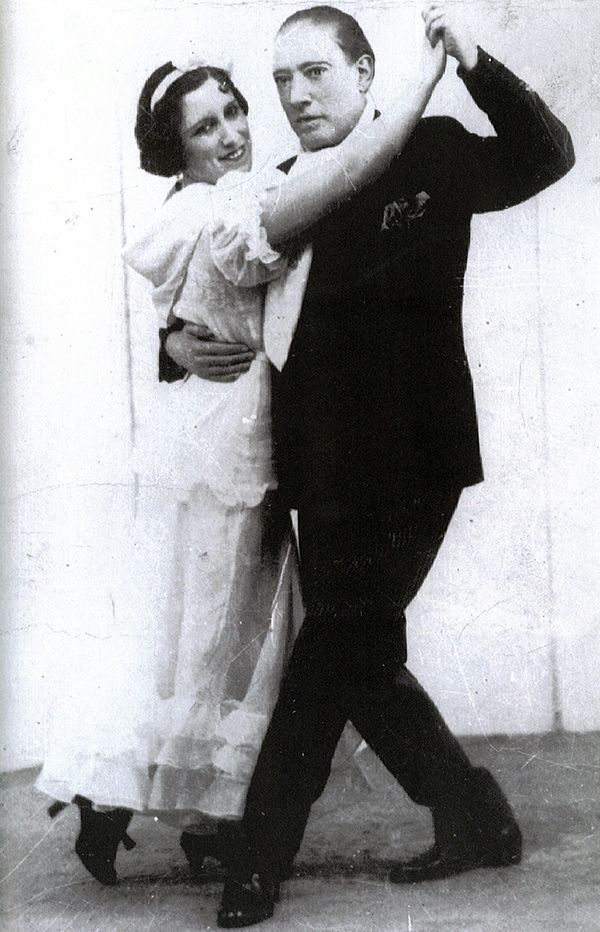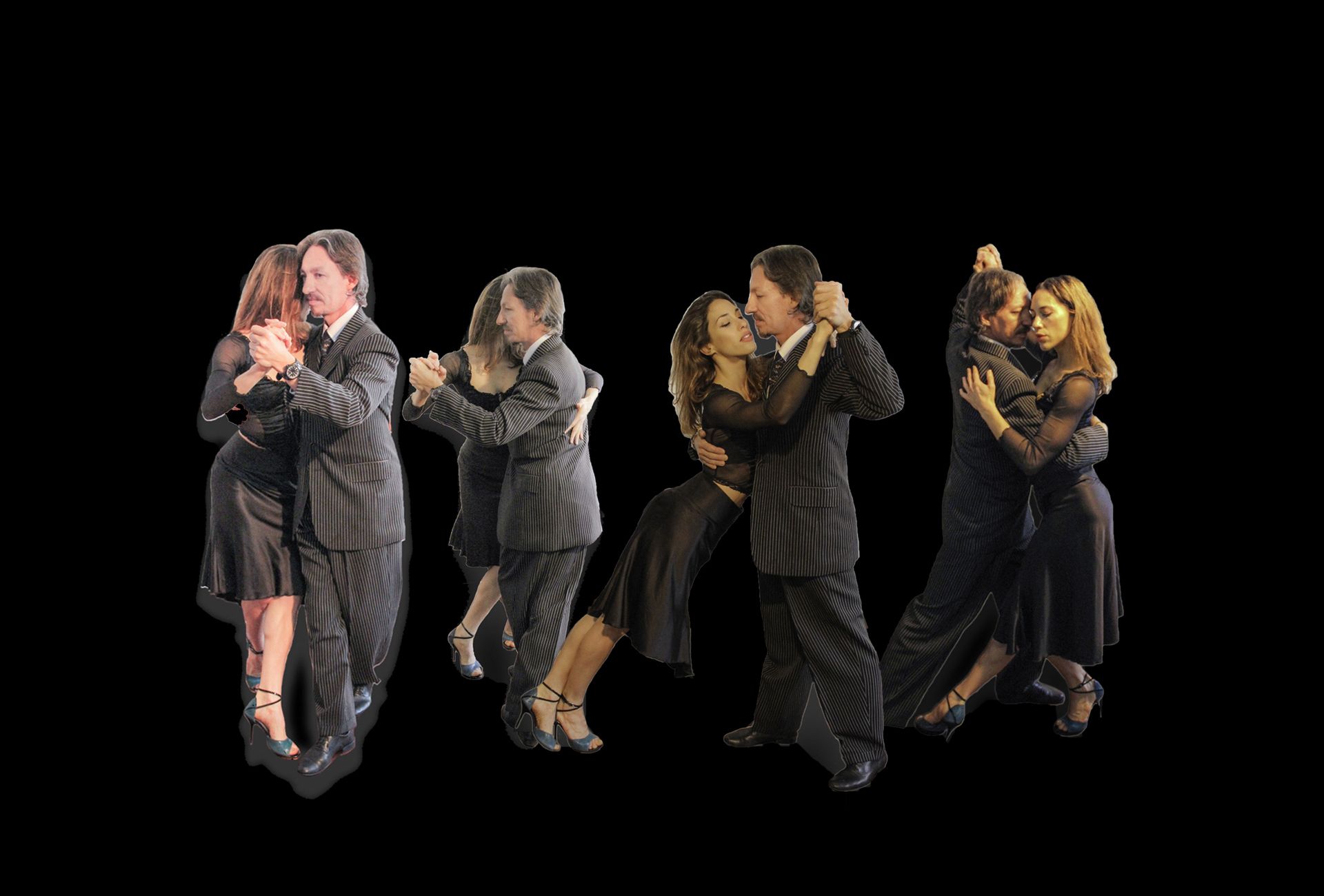Argentine Tango private lessons

Imagine Learning Tango in its Golden Era…
If you had lived in Buenos Aires, or another city along the bank of Rio de la Plata, in the 1930s, 40s, and 50s, you would have danced Tango.
You would have learned from your relatives and friends.
In your teenage years, you would have gone to “practicas”, Argentine Tango practice gatherings in your neighborhood, where experienced dancers would help you improve your dance.
Money was not involved in this transference of knowledge, beyond paying the club fee at the facility where the practica took place.
The system functioned based on familiar connections and on your interest and commitment to dance well:
if you were committed to improving, you would get more practice and more precise explanations on details, and get to practice more complex dance patterns.
Your eventual connection to the milongas and the community of dancers who were regulars there was rooted at the practicas in your neighborhood.
A relative or friend you make at practicas would take you to your first milonga, and over time help you to integrate.

On the other hand, there were Argentine Tango maestros, to whom those, outside of the neighborhoods of Buenos Aires and other cities, upper-class citizens or foreigners, would approach for classes.
These maestros were great dancers themselves.
In the 1960s, there was a gentleman called Gaeta, who taught Tango by mail, copying the idea from Arthur Murray, and would send you paper patterns to place on the floor to guide your footwork.
However, I don’t know anyone in the milongas who learned this way…
How to learn to dance Tango today?
Our goal is to share with you the powerful beauty of Tango, as it is a jewel that needs to be passed as part of the best of our human nature.
During private lessons we focus on:
-
Good, relaxed posture.
-
Awareness about your body, surrounding space, and your partner’s presence.
-
A nice embrace that connects you to your dance partner.
-
Musical sense: how to listen to Tango music.
-
Moving interpreting the music:
-
Walking.
-
Walking with your partner.
-
Pausing.
-
Changing weight.
-
-
Footwork and technique.
-
Basic Argentine Tango patterns.
-
More complex patterns and combinations.
-
The milongas where you will dance.
-
Códigos of the milongas (etiquette).
-
Tango music and the Orquesta Típicas of the Golden Era.
-
Historical background of Argentine Tango.
We are confident in your ability to become a great dancer.
We know you will share our love for Tango.
The duty of a Tango maestro is to introduce you to the milongas and help you to be part of this community.
Neither group classes nor private lessons alone will make you a good dancer. You need both.
To dance Tango you must be a good dancer.
Start learning Argentine Tango:
Watch, listen and read…

Latest Spotify playlist:




